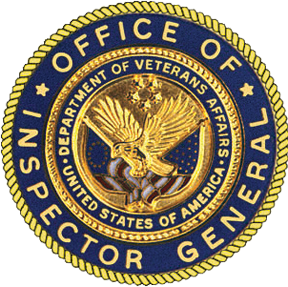Issue Date
Closure Date
Report Number
16-01913-223
VA Office
Veterans Health Administration (VHA)
Report Author
Office of Audits and Evaluations
Report Type
Audit
Recommendations
5
Questioned Costs
$0
Better Use of Funds
$0
Congressionally Mandated
No
